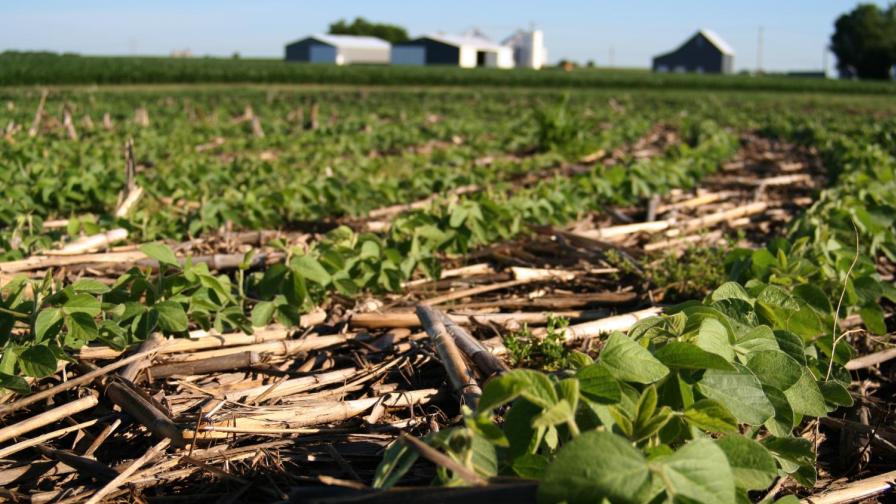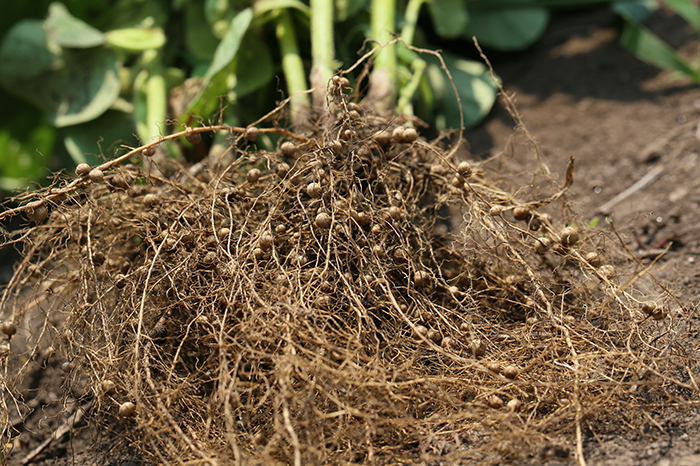Carbon Markets, Sustainability, Regenerative Farming: Finding a Path Forward

Immense interest in carbon markets and sustainable farming is out there. Ag tech leaders offer insights into how data will play a huge role going forward.
How do we get carbon markets to take off? And how do we know if there’s interest in adopting sustainable and regenerative farming practices on a large enough scale to make that leap forward? Industry and ag tech leaders found interesting insights to these questions earlier this month, writes Adrian White at PrecisionAg.
In an online webinar held in February, geared towards carbon buyers, agronomists, farmers, ranchers, and more— and funded by the USDA, The Nature Conservancy, and other major farming conservation groups— two industry leaders of sustainable ag tech companies Dagan Inc. and FluroSat explained the initiatives of carbon markets and sustainability data mapping technology to more than 800 registered participants: a strong and diverse representation of agricultural industry in the U.S. and Canada.
Attendees’ reception to questions at the end of the webinar painted a provocative picture, and possibly the next best step, for scaling regenerative agricultural efforts. The thrilling news is that yes, immense interest in carbon markets and sustainable techniques is out there. Though more importantly, there is now a clear and exciting new path sustainable ag tech companies can take to give carbon markets, regenerative agriculture, and quantifiable climate solutions better traction in the ag world for years to come.
What are carbon markets?
Carbon market initiatives, which embolden massive-acreage farms to grow regeneratively, are on the rise. Major ag companies like Bayer, Nutrien, and the Ecosystem Services Market Consortium (ESMC) have each launched carbon market programs in their own effort to galvanize progress towards carbon neutrality — or, better yet, going carbon negative. Each program incentivizes farmers — often through financial compensation and “carbon credits”— to adopt regenerative production in different ways: such as building soil health, crop rotation, and more.
Software giant Microsoft recently announced their own sustainability pledge and climate goals, vowing to become carbon negative by 2030. Their plan includes their own carbon credits and agricultural programs, already in the process of being adopted by and compensating farmers.
Sure, some successes have already been reported— but how are these initiatives faring on the ground? And to what scale? How could they be moved forward, and what help do they need? That’s what FluroSat C.E.O./Founder Anastasia Volkova, and Dagan C.O.O./Co-founder Stephen Hagen, wished to find out as they concluded their recent Sustainability Watch webinar.
Are farmers and consultants “getting” the carbon markets?
By the end of the webinar (held by the American Society of Agronomy), it was clear: carbon market programs are not yet common knowledge. Nor are they in the practical toolsets of most farmers, agronomists, and consultants geared towards regenerative practices.
On the other hand, it was undeniable there was strong interest and a desire to learn more about them, and that this interest is growing quickly. Webinar feedback showed that most participating professionals were intent on learning more and knowing exactly how they can partake in these programs, and — better yet — how they could get more farmers and consultants on board.
Continue reading at PrecisionAg.





